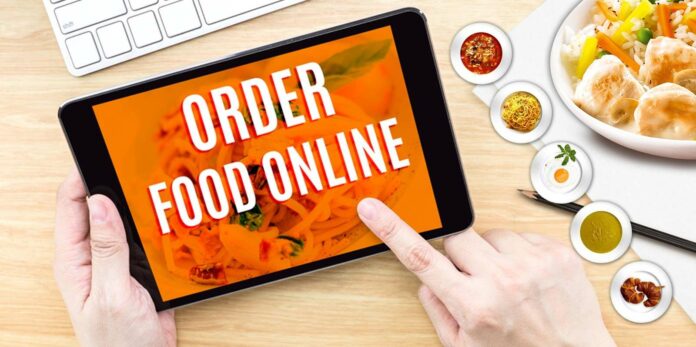There’s no disputing that the foodtech business is flourishing, according to Sunil Thomas, Co-founder and Executive Chairman of CleverTap.
According to a Boston Consultancy Group (BCG) analysis, online food ordering in the Indian ecosystem is expected to expand at a compounded rate of 25%-30% and would reach $7.5Bn-$8Bn by 2022, up from $4 billion today.
Convenience is a leading primary motivation in purchasing a product or storing food in the foodtech industry. Food-based mobile applications have combined several technologies to provide users with conveniences, such as QR-based menu displays, contactless payments, online meal customisation, online ingredient tracking and tracing, and AI-enabled innovative camera-aided services.
Customers are no longer passive consumers of marketing messages because competition is severe. They are well-informed, empowered, and progressing through their decision-making process.
Customers expect companies to communicate with them regularly with special offers and information. Furthermore, the Indian middle class is growing, as are smartphone users. In India’s foodtech business, $10.8 billion was spent between 2011 and 2018.
Mobile is transforming consumer behaviour, and it is playing a significant role in the rise of food technology. The decision path that leads to consumer purchasing across devices and channels is split into hundreds of micro-moments. The secret to a thriving food app is to listen and respond with timely offers and updates “when they want it” and “where they want it.”
E-commerce: E-commerce has long been a hot issue in the food and beverage industry. The COVID-19 issue, on the other hand, drove food supply chain improvements even further. Food manufacturers employ digital platforms to provide on-demand online delivery services and direct-to-customer (D2C) distribution strategies to reach customers.
Furthermore, safety concerns fueled the growth of ghost kitchens or cloud kitchens that only serve food takeaway and delivery during the epidemic. To improve customer experience and revenue, brands are concentrating on omnichannel distribution in addition to D2C.
Restaurant digitalisation increases the customer experience while also enabling more effective operational management. It also helps restaurants collect data points at each stage of the process, enabling data-driven decision-making across the business.
Furthermore, due to the disruption to the food and beverage industry, COVID-19 is causing a shift in restaurant adoption of digital management systems across the supply chain.
Restaurants avoid direct human-to-human touch by using computerised menus, self-service kiosks, and cashless payment choices. AI-enabled systems employ user activity data to provide meal suggestions and new recipes.
Follow and connect with us on Facebook, LinkedIn & Twitter

